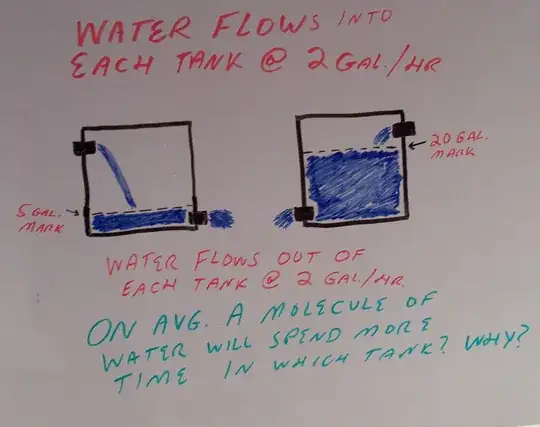In the page you provided in your comment, there is a link to an article about this that I think explains it pretty well.
There's a pretty good example that I think helps to understand the basic concept:

Both tanks have the same amount of water arriving and leaving so the level doesn't change on either. The level of the tank represents the WIP limit.
So to calculate the average time a bit of water spends in the tank, you simply divide the level by the throughput rate. For the left tank that: 5/2 = 2.5 hrs. for the right tank that's 20/2 = 10 hrs. This assumes that the throughput is independent of the level. It's a little outside of the question you are asking but I think the author makes an important point:
In a software development context, I immediately thought about how context switching, if not managed (with workflow policies) as WIP increased, could make it difficult to keep Throughput constant.
To create my own analogy, let's say you are running a passenger train system and you have 5 turnstiles that can handle 10 people per minute. The station is experiencing backups at the turnstiles so you add 5 more turnstiles. Problem solved, right? Not necessarily. Assume the trains can handle a fixed capacity of 250 people every 5 minutes. Now you can allow 500 people into the station in 5 minutes. But only half of them can get on a train in that 5 minutes. 250 of those people are now just waiting inside the station instead of outside. This means that these people are now jockeying to get onto the trains. The ensuing chaos slows down the rate at which the trains are leaving the station and slows down the overall throughput of passengers.
